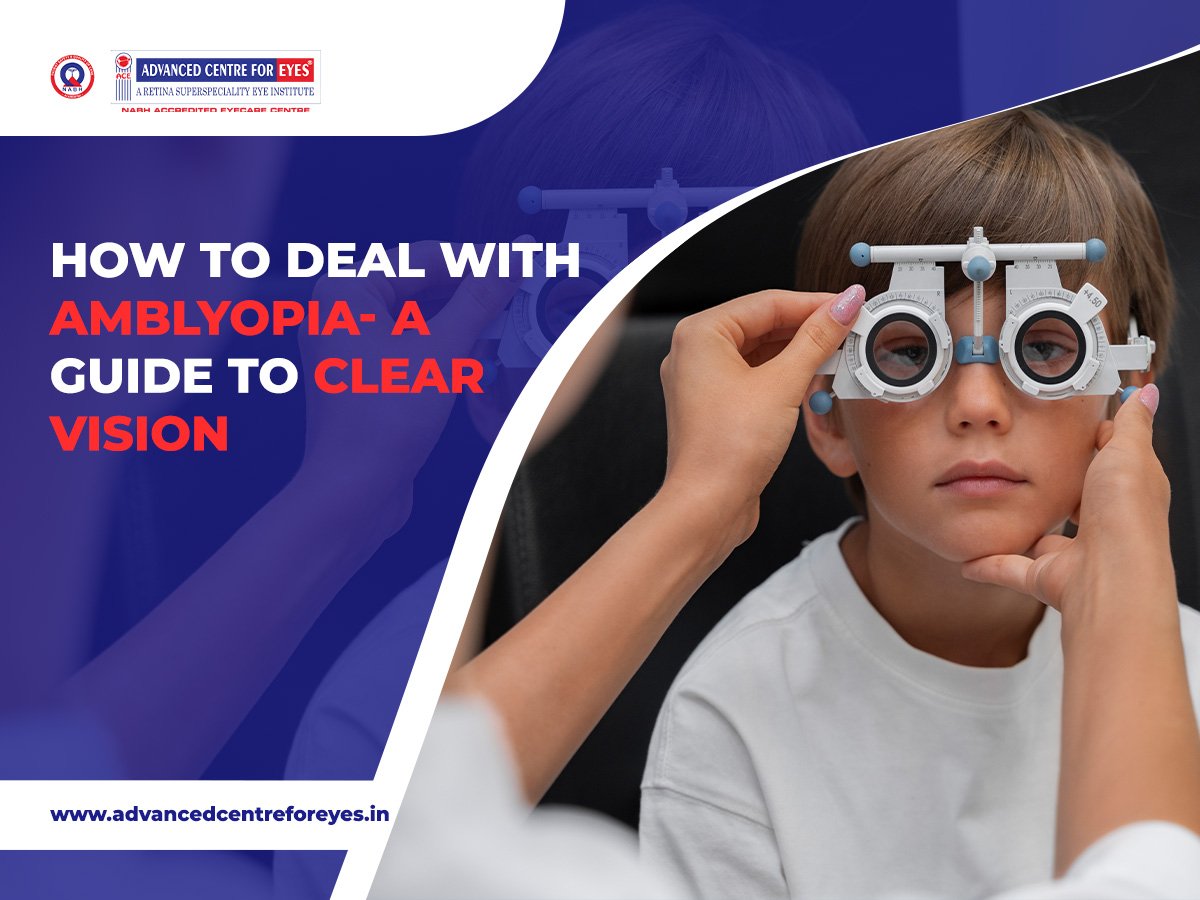Glaucoma Services: Investigations, Lasers And Surgery
- Home
- Glaucoma Services: Investigations, Lasers And Surgery
Glaucoma Services: Investigations, Lasers And Surgery
Glaucoma is a group of eye diseases that can cause irreversible vision loss if left untreated. Fortunately, advancements in glaucoma services have significantly improved the diagnosis and management of this condition.
Glaucoma Investigations:
- Tonometry: Tonometry measures the intraocular pressure (IOP) to determine if it is within the normal range or elevated, which is a key indicator of glaucoma risk.
- Visual Field Testing: This test assesses the extent and quality of a person’s peripheral vision, detecting any loss that may indicate glaucoma damage.
- Optical Coherence Tomography (OCT): OCT is used to assess the thickness of the optic nerve fiber layer and the health of the retinal nerve fiber layer, providing valuable information for diagnosing and monitoring glaucoma.
- Gonioscopy: Gonioscopy allows examination of the drainage angle of the eye, helping determine the type and severity of glaucoma.
- Pachymetry: This test measures the thickness of the cornea, as corneal thickness can influence intraocular pressure readings.
Advantages of Glaucoma Investigations:
- Early Detection: Glaucoma investigations aid in the early detection of the disease, allowing for timely intervention and preventing further vision loss.
- Accurate Diagnosis: These investigations provide ophthalmologists with important data to accurately diagnose the type and stage of glaucoma, enabling personalized treatment plans.
- Monitoring Progression: Regular glaucoma investigations help monitor disease progression and determine the effectiveness of treatment interventions.
- Customized Treatment: Based on investigation results, ophthalmologists can tailor treatment plans to address specific glaucoma characteristics, optimizing outcomes for each patient.
Glaucoma Lasers:
- Selective Laser Trabeculoplasty (SLT): SLT uses laser energy to target and improve the function of the eye’s drainage system, reducing intraocular pressure.
- Argon Laser Trabeculoplasty (ALT): ALT is an older laser treatment that creates tiny burns on the trabecular meshwork to enhance fluid drainage.
- Laser Peripheral Iridotomy (LPI): LPI creates a small hole in the iris, allowing for better fluid flow and reducing the risk of angle-closure glaucoma.
Advantages of Glaucoma Lasers:
- Minimally Invasive: Laser treatments are generally non-invasive or minimally invasive procedures that can be performed in an outpatient setting, reducing the risks associated with traditional surgeries.
- Lowering Intraocular Pressure: Glaucoma lasers target the eye’s drainage system, improving fluid outflow and lowering intraocular pressure.
- Fewer Side Effects: Laser treatments typically have fewer side effects compared to traditional glaucoma surgeries, such as reduced risk of infection or bleeding.
Glaucoma Surgeries:
- Trabeculectomy: Trabeculectomy creates a new drainage channel to lower intraocular pressure by diverting fluid from the eye.
- Tube Shunt Surgery: Tube shunt surgery involves implanting a small tube to facilitate fluid drainage from the eye and reduce intraocular pressure.
- Minimally Invasive Glaucoma Surgery (MIGS): MIGS encompasses a range of procedures that use tiny devices or implants to improve fluid outflow and lower intraocular pressure.
Advantages of Glaucoma Surgeries:
- Effective Pressure Reduction: Glaucoma surgeries aim to lower intraocular pressure effectively, reducing the risk of further damage to the optic nerve.
- Long-Term Management: Surgical interventions can provide long-term control of intraocular pressure, potentially reducing the need for daily eye drops.
- Improved Quality of Life: By reducing intraocular pressure and preserving vision, glaucoma surgeries can enhance a patient’s overall quality of life.





